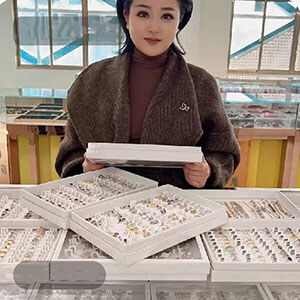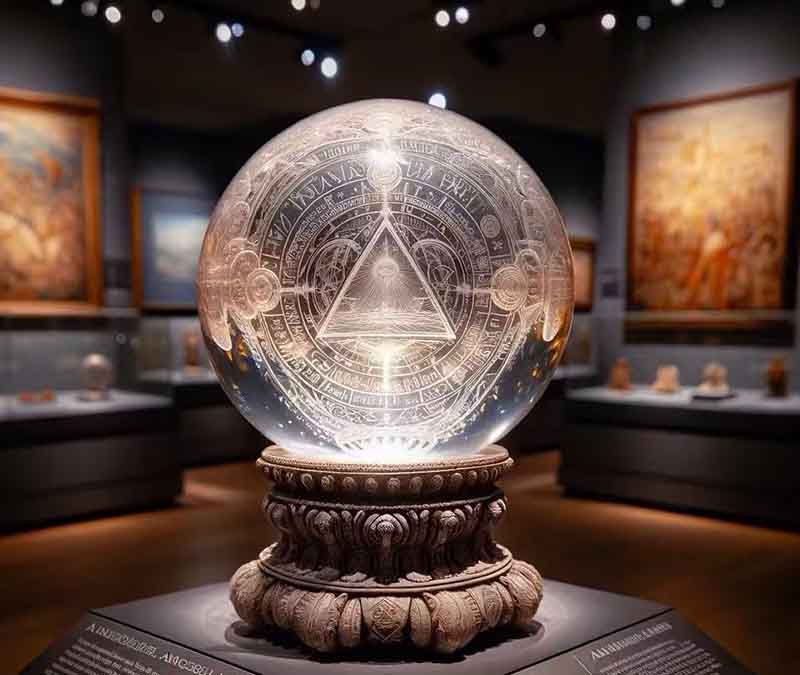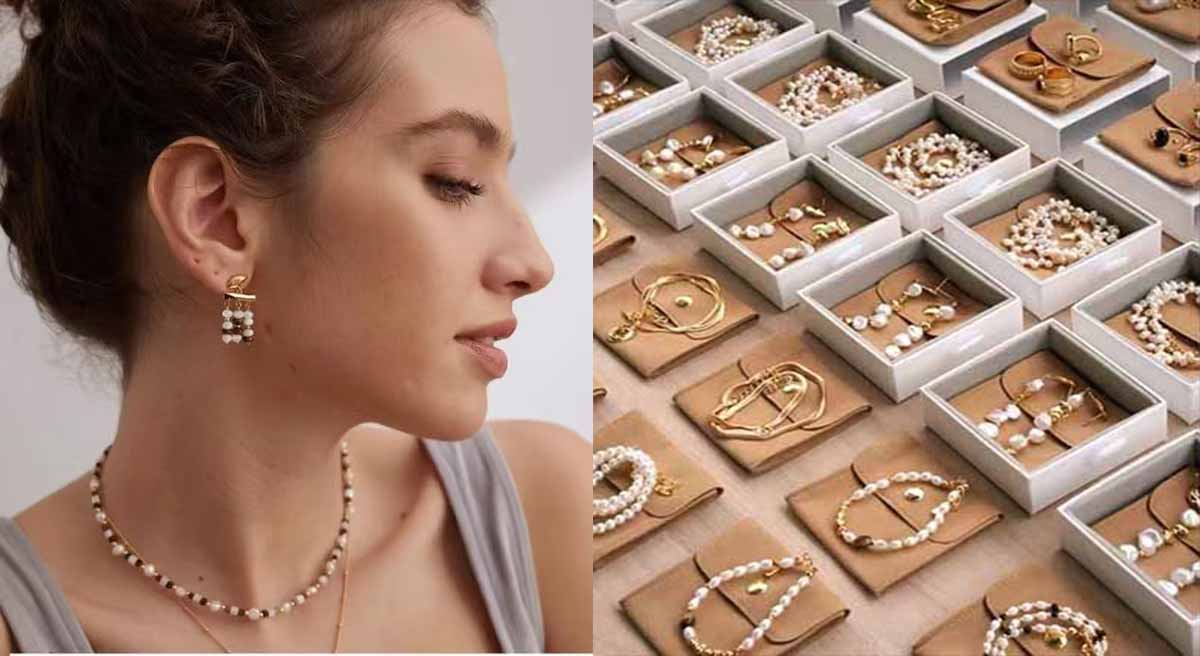
We all know that Kashmir sapphire was produced for a very short time. It was in the late 1800s, around the 1980s, and just a decade or two later.
This short-lived production was nature’s gift to us. As a result, it was passed down through our human jewelry market forever.
Then there was nothing more, and to this day there is no such thing as a new output.
We are talking about sapphires from the old mines of Kashmir. Recently, I got another one, which was also pocketed by our guest.
At the moment this one is already in the bag, so why I want to talk about this topic, I mainly want to go over it with you a little more. Because I have done a lot of videos, that is to say, about Kashmir related videos. But found that the Kashmir sapphire market will have a little problem.
Many collectors in the understanding, purchase, including to collect Kashmir in the process, I think more or less will be a little cognitive bias, or there is easier to step on the pit.
So the theme of this issue will be: Buy Kashmir sapphire, there are some things you must know.
What is a Kashmir sapphire:
First of all what kind of sapphire is Kashmir sapphire?

Not the color, for example Kashmir blue, or even many labs have had this commercial term called Kashmir blue. There is no Kashmir blue or sapphires that are colored like Kashmir can be called Kashmir sapphires.
By our industry, Kashmir sapphire refers to sapphires from the Indian-controlled region of Kashmir. Old mines in Kashmir which had short-lived production are called Kashmir sapphire. It has prerequisites, including some sapphires that are now being mined in the new one on this side of Pakistan, on the other side of Kashmir in Azad Kashmir.
They also cannot be called Kashmir sapphires. We should call it Kashmir new mining sapphire or call it Azad’s Kashmir sapphire.
The concept of Kashmir is very strict. Only Kashmir sapphires from the old mines that came out in the late 19th century or in the last decade or two can be called Kashmir sapphires. This is the first and most significant thing.
The determination of Kashmir has to be based on certificates:
What is the second thing? The identification of Kashmir sapphire origin with regard to the certificate is, shall we say, one of the most difficult topics in the academic world of colored gemstones.
One of the most difficult topics, Kashmir sapphire identification is controversial and very difficult.
Even in the past there have been many mistakes. For example SSEF and Gubelin in 2015 made what today seems to be a very serious mistake.

They identified sapphires from the Pomiti mine in Madagascar, which had just appeared on the market at the time, as Kashmir sapphires.
Of course this mistake has been corrected, and the odds are that these Kashmir sapphires circulating on the market now will not have this problem.
But in 2015-16 when both SSEF and Gubelin accidentally committed this mistake. Because the standards of these two organizations are basically similar, they later recalled and issued a very serious statement.
So if you bought a Kashmir sapphire at that time, you could have it re-examined if necessary, which is beside the point.
That said, Kashmir origin identification is very difficult, so who should we believe?
There are three organizations that produce Kashmir origin reports that are considered valuable and accurate.
Other than that, origin reports from other agencies are basically, I am exaggerating, a waste of paper.

Let me tell you which three agencies, SSEF’s Kashmir is valuable and AGL’s Kashmir origin is valuable.
Note that AGL is the AGL of New York. There are several other labs in the world that are also called AGL and they are all fakes. The AGL of New York’s provenance report is valuable. Of course there is also the Gubelin lab report.
The other lab reports you can just refer to, they don’t count in the auction room. They don’t even count at Sotheby’s and Christie’s.
Kashmir has another report, the GIA report, which is also valuable. Because we are in the field of colored gemstones in the field as it is recognized as in addition to the Gubelin SSEF and AGL these three first-tier laboratories in addition to the 1.5 tier laboratories, it is between the GIS and the three laboratories of a laboratory is also of some value. But to say it’s the only one is useless.
The second thing is that Kashmir’s determination must be based on the report. You can’t rely on your eyes alone. And there are only three reports, and generally speaking, you must have at least one of the three.
When it’s a heavyweight stone, you can be best with two, of course, but in cases of more than ten million with three.
If it’s a small lab, or even a lab like GIA or even GIS that gave the Kashmir result. It’s still not enough to 100% confirm a stone, but this ring is absolutely Kashmiri.
There is not a big carat premium for Kashmir:
The third thing you have to know, from the opening sentence, is that the carat premium in Kashmir is not really that big, so why does it lead to this result?

I don’t have a definitive answer, but I’m analyzing it. Because there is so scarce Kashmir, one carat Kashmir is also very precious, 2 carat Kashmir is also very precious, 5 carat is also very precious. While 10 carats are even more precious, there is a small carat premium between them.
Compared to other sapphires and rubies, the carat premium is not that big. In other words, a Kashmir may be 3 carats and 5 carats for the same price as 7 carats and 8 carats for the same price.
Generally, you go to Sotheby’s Christie’s to see the sale of those prices. Kashmir’s total price per unit, though high, has been amortized, so he does not say that the price per unit is much too high.
Small Kashmir unit price will be cheaper, but it is not that lower than the big unit price.
All in all it’s not a huge premium for carats, I guess because there are so few Kashmir’s out there and they’re all very valuable. At this point in time the smaller carats are actually precious and will also drive the price up.
The ultimate pricing of Kashmir stems from quality:
The fourth thing is that Kashmir can’t be priced the same way because of Kashmir as an origin.
In fact it’s spot on for any stone. You shouldn’t take a look at the SSEF and give it to Kashmir. It’s legendary Kashmir, it’s fabulous Kashmir, and then what the face value is you don’t care, it’s not right.

To give you an example, a recent Christie’s auction in Geneva, Switzerland just ended with a 9.04 carat Kashmir. There is a collector friend and he is also concerned about this goods. He went to Shanghai and also saw this goods.
It is evident that this piece has a big bottom leak, while at the same time, the color band on the line is much more severe.
The color is very good, absolutely a very beautiful color. You say you can bear? It’s also tolerated. It’s not like it’s completely unacceptable, and we had to discuss the price at the time. The starting price was 200,000 to 300,000 Swiss francs, or 300,000 U.S. dollars.
I said this price is certainly not take down, I gave him an estimate of 700,000 U.S. dollars, why?
I said he would not get more than 100,000 dollars for this item, but it would be several tens of thousands of dollars. The final result of the auction is converted into dollars is more than eight hundred thousand dollars, and then add the commission. I think it may be 100,000 U.S. dollars a carat.
We take it as 100,000 dollars for a carat of Kashmir is actually very cheap. I tell you I’ve seen $200,000 for a carat of Kashmir in Shanghai, and it’s only 3 or 5 carats. It’s a $200,000 one in the hands of an excellent jeweler and connoisseur in our industry.

Why do you think this is 200,000 dollars, Sotheby’s, than Christie’s in an auction of as little as 100,000 dollars? I’m telling you the difference in quality, the difference in price in Kashmir is the impact is huge.
Because all the top collectors he will always chase is the top of the line, he is not able to accept some small defects in quality. For Kashmir’s price, the origin factor is crucial, as it is his identity. Its price is always determined by the quality of certain details.
Another example, we were at a jewelry show. In fact, I personally saw a two-carat Kashmiri. Jewelry at the opening price was only a few thousand U.S. dollars less than 10,000 U.S. dollars, and I finally did not buy.

Although there is no problem with the minute hundred Kashmir, three big certificates were able to get, but the quality is not passable. It is just the ribbon, the color, and the cut that I think are problematic, but the color is actually not as bad as you might think.
Kashmir also has color banding is very obvious, there is a bad cut big exposed bottom, or cut too thick, and then the dark domain is very strong.
It doesn’t mean Kashmir is perfect, so these 4 points are what you must know. I hope my article is helpful to you.








